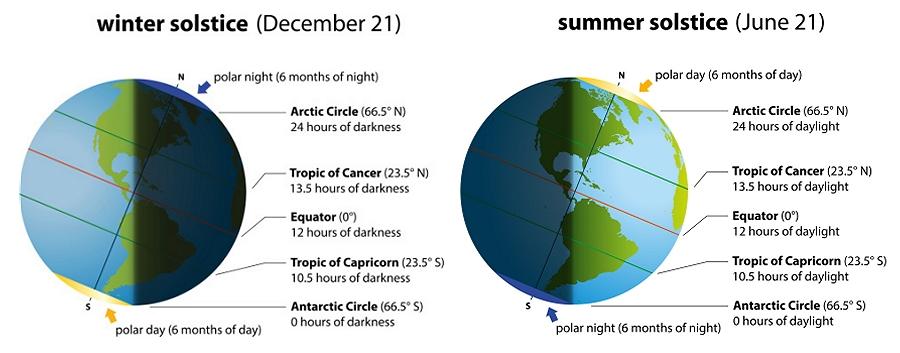National Health Resource Registry (NHRR)
- Ministry of Health and Family Welfare has launched NHRR, which is the first ever registry for health resource in the country.
- It contains registry of authentic, standardised and updated geo-spatial data of all public and private healthcare.
- The Indian Space Research Organisation (ISRO) is the project technology partner for providing data security.
- It shall enable advanced research towards ongoing and forthcoming healthcare challenges.
- It shall also enhance the coordination between central and state government for optimisation of health resources.
- The Central Bureau of Health Intelligence (CBHI) has involved key stakeholders, including leading associations, allied ministries, and several private healthcare service providers.
Centre for Humanitarian Forensics
- Gujarat is set to come up with the world's first International Centre for Humanitarian Forensics (ICHF).
- It will facilitate better management of bodies during emergencies such as disasters.
- It was inaugurated at the Gujarat Forensic Sciences University (GFSU).
- It is a joint venture of the International Committee of the Red Cross (ICRC) Regional Delegation for India, Bhutan, Nepal and the Maldives, and GFSU.
Legalisation of Marijuana
- Canada is to become the second country in the world to fully legalise marijuana after Uruguay.
- It paves the way for recreational cannabis to be legally bought and sold within the next two or three months.
- Medical marijuana is already legal in Canada.
- Marijuana is a psychoactive drug from the Cannabis plant used for medical, recreational & religious purposes.
- Cannabis can be used by smoking, vaporization, within food, or as an extract.
- It creates mental and physical effects, such as a "high" or "stoned" feeling, a general change in perception, and an increase in appetite.
- Short term side effects may include a decrease in short-term memory, dry mouth, impaired motor skills, red eyes, and feelings of paranoia or anxiety.
- Long term side effects may include addiction, decreased mental ability and behavioural problems in children whose mothers used cannabis during pregnancy.
Sub-Saturn like Planet
- A team of Scientists from India has discovered a sub-Saturn or super-neputune size planet around a sun-like star.
- It has mass of about 27 Earth Mass and size of 6 Earth Radii.
- The planet will be known as EPIC 211945201b or K2-236b.
- With this discovery, India has joined a handful of countries, which have discovered planets around stars beyond our solar system.
- The discovery was made by measuring the mass of the planet using the indigenously designed “PRL Advance Radial-velocity Abu-sky Search” (PARAS) spectrograph.
- PARAS is the first of its kind spectrograph in Asia, which can measure the mass of a planet going around a star.
- The spectrograph is integrated with telescope at PRL's Gurushikhar Observatory in Mount Abu, India.
- Very few spectrographs exist around the world that can do such precise measurements.
Longer Daylight – Summer Solstice
- June 21st had longer daylight hours (Summer Solstice) than any other day in a year.
- The reason behind is Earth’s tilt - the axis of rotation of earth is tilted at an angle of 23.50.
- It is combined with factors such as Earth’s spin and orbit leads to variations in the duration of sunlight on any location on different days of the year.
- Solstice - On the Equator, day and night are equal every day.
- At latitudes of 23.5° (from the equator) are the Tropics of Cancer and Capricorn, north and south of the Equator.
- On each Tropic, the sun is directly overhead at noon once a year.
- When this happens on the Tropic of Cancer, it is summer solstice in the northern hemisphere.
- When on the Tropic of Capricorn, it is winter solstice in the northern Hemisphere.
- At 66.5° (from the equator) are the Arctic and Antarctic Circles, north and south.
- It is at latitudes higher than 66.5° (in either direction) that days of constant darkness or light occur.

Source: The Hindu, PIB

